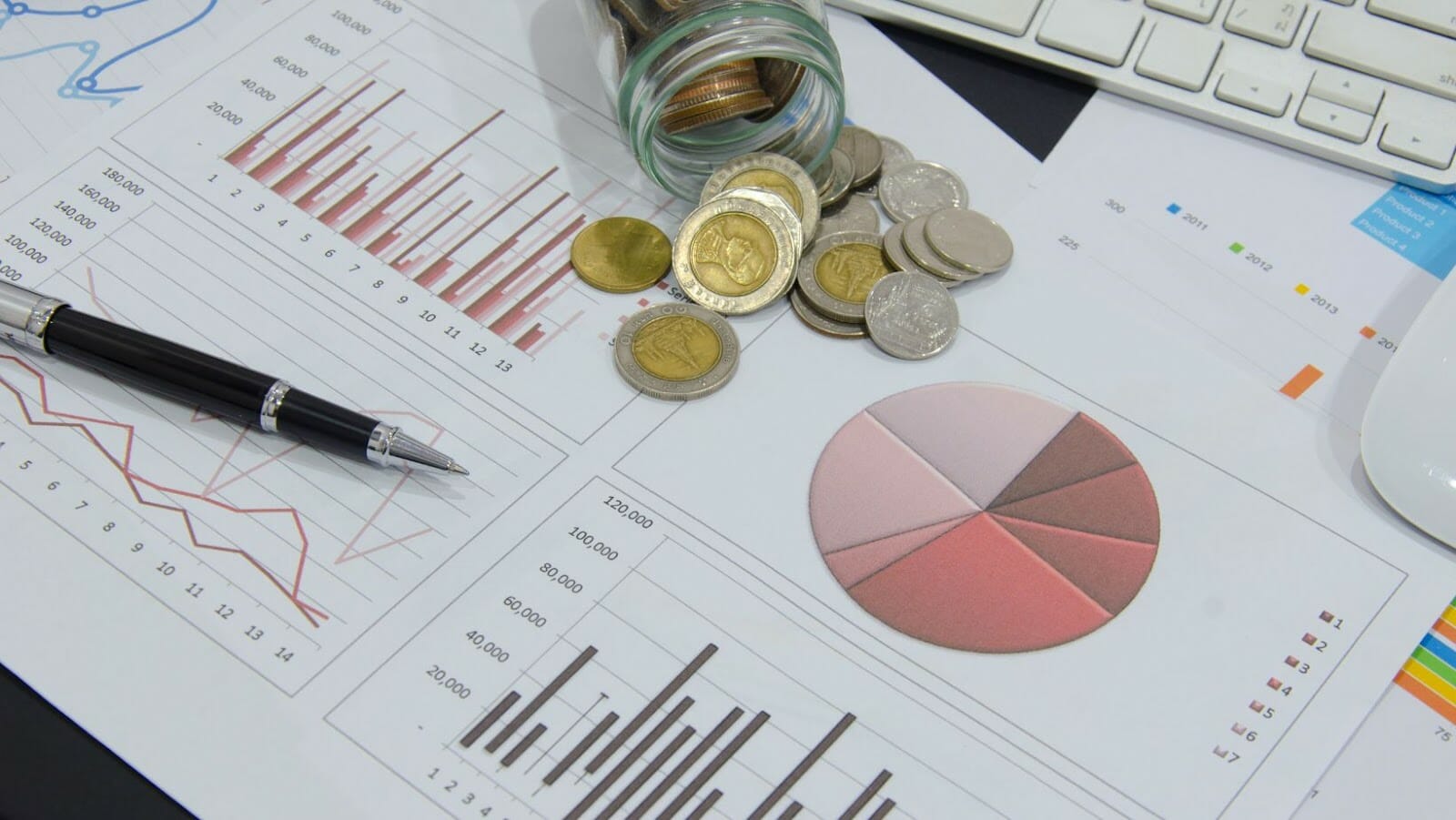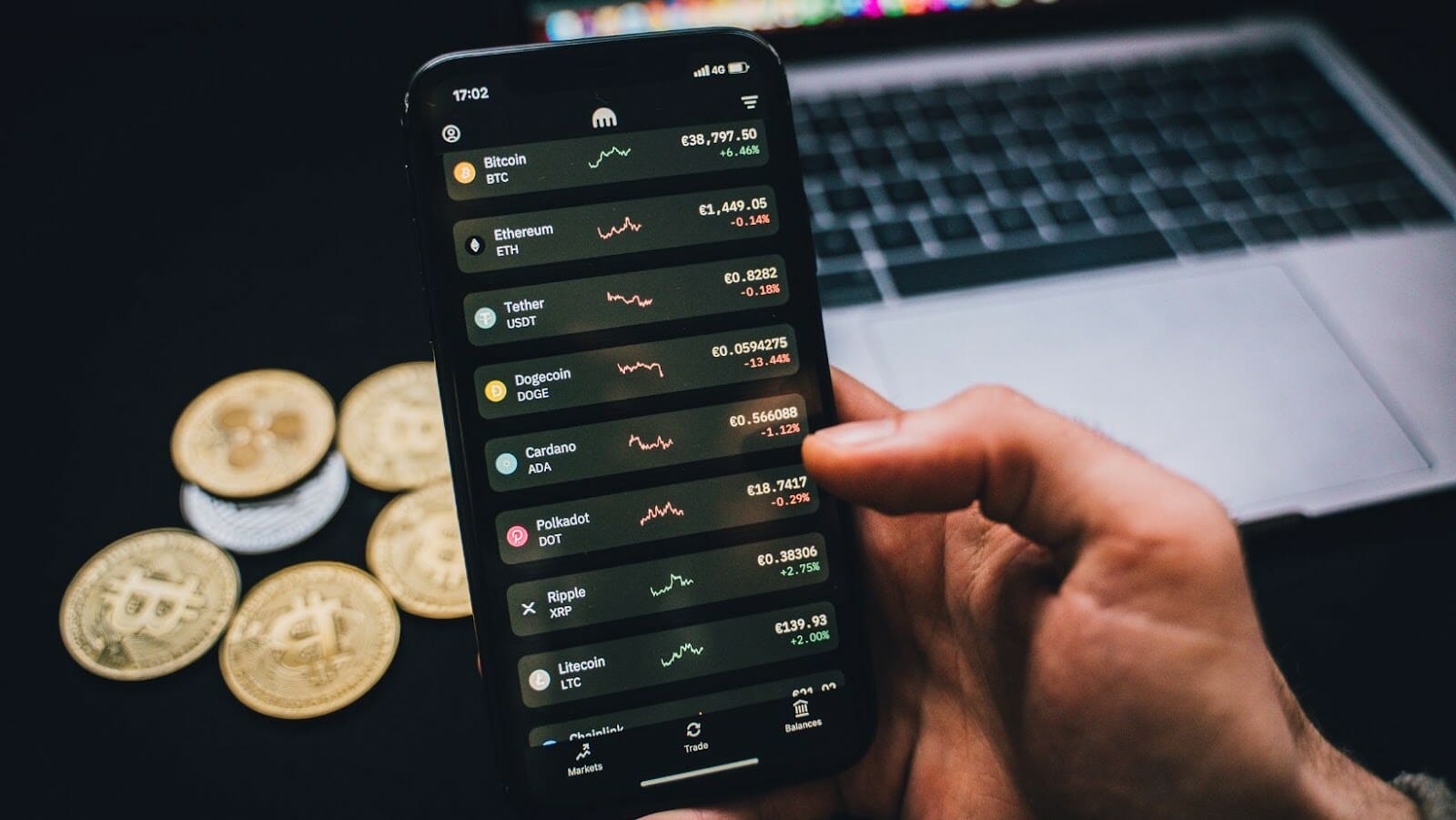Robinhood is an app-based investment platform that has become incredibly popular during the Covid-19 pandemic. Allowing free stock trades has opened the floodgates for 13 million amateur stock traders to enter the stock market.
In this article, we will look at how Robinhood has become the go-to platform for these investors and how it has enabled them to make informed decisions in turbulent market conditions.
How Robinhood and Covid opened the floodgates for 13 million amateur stock traders
Robinhood is a commission-free stock trading platform that has become popular with the rise of Covid-19. Through its app, anyone can easily buy and sell stocks, ETFs, and cryptocurrencies, with no commissions or subscription fees. In addition, Robinhood has made it convenient for people to start trading online as it only requires a simple registration process and minimum deposit. Alongside its tools tailored to beginner traders such as pre-made portfolios and educational resources, this online broker offers an instant bank transfer service that allows users to move money out of their other accounts straight to the Robinhood app.
The first version of Robinhood was launched in 2013 by two Stanford graduates – Baiju Bhatt and Vladimir Tenev – who wanted to make stock trading more accessible for everyone. Before Covid-19 hit the world’s markets in 2020, Robinhood was increasingly popular among amateur traders due to its low cost trades. However, given its user-friendly interface and instant transfers services during the Covid-19 era, the platform saw a dramatic increase in new user signups, reaching 13 million accounts by the end of 2020.
Before the Covid-19 pandemic, Robinhood was quietly building an equation that would turn it into one of the most powerful fintech companies in the world. In just a few years since its launch in 2013, the online investment platform had birthed a subculture of amateur stock traders who used social media and memes to make quick decisions around buying and selling stocks.
Thanks to unprecedented trading volume during 2020’s global lockdowns, this formula proved profitable for Robinhood and vaulted them ahead of their rivals. By year-end Robinhood had 13 million customers — more than twice as many as when Covid-19 struck — who managed over $300 billion through the platform. These traders were confident in making investments guided by minimal research or knowledge and relied on memes, social media feeds and other internet references to inform their choices.
What made this possible is that the app’s creators provided users with an interface that was accessible, attractive, fun and cheap (no commission). Characters like Dave Portnoy (“Davey Day Trader”) proved that anyone could get lucky in day trading so long as you understood where to put your money. The wild swings in market value due to coronavirus-fuelled uncertainty also offered an unprecedented opportunity for risk takers unfamiliar with equity markets or traditional investing platforms. As such, retail investors from all walks of life began investing money through Robinhood; young investors embracing dogecoin or buying bitcoin; gamers adding Tesla shares at random; single moms supporting GameStop on Reddit; college kids handling dividend plays like pros — it seemed everyone wanted a piece of the action.
The Impact of Covid-19
The COVID-19 pandemic hit brought about financial volatility, with markets crashing and then recovering. This directly impacted Robinhood, a stock trading platform geared towards the retail investor. During this time, the platform saw an influx of 13 million new users, partly thanks to the market instability.
In this article, we will look at how the pandemic affected Robinhood and how it made it the go-to platform for amateur stock traders.
Market volatility
Market volatility increased significantly in 2020 due to the COVID-19 pandemic and other geopolitical and economic shifts. This immense volatility encouraged some investors to enter the market who had never done so before. To appeal to these novice investors, platforms like Robinhood focused on providing an intuitive investing experience for first-time users.

Since its inception in 2013, Robinhood has been the focus of new retail stock investors. It designed its platform with a mostly mobile interface and no transaction fees, giving it an edge over traditional brokerages. Its minimalist design also removed much of the overly-complicated tools and features of trading platforms that can confuse or intimidate first time traders.
The extra time spent indoors caused by the lockdowns in countries around the world allowed many would-be retail traders to become familiar with trading through Robinhood’s uncomplicated layout – something which resulted in a massive influx of amateurs entering into financial markets by November 2020: 13 million, according to Forbes Business Magazine’s estimate.
This stunning surge further confirmed what we already knew from numerous studies: most investment information is available even before it reaches professional analysts – who usually gain access tardy . This tilts the balance overwhelmingly on retail traders’ side, aiding them efforts towards zeroing in on investment decisions faster than expected – causing some industry analysts to refer to “amateur investor revolution” unfolding across global markets pushed somewhat by real stimulus of Covid disruption.
Increased interest in stock trading
The arrival of Covid-19 has caused massive disruption to traditional economic patterns. With job losses occurring left, right and centre, Investors started looking for alternative options to offset the financial strains. As uncertainty increased rapidly towards the end of March 2020, retail stock trading volumes rose beyond their limitations.
This increase in interest from new investors saw Robinhood, an online discount brokerage platform founded in 2013, become the go-to for those wanting exposure to stocks. The platform offers zero-fee trades for stocks listed on US exchanges alongside other options such as ETFs (Exchange Traded Funds). With a simplistic design targeted at younger generations, it allowed people who may have lacked experience in stock trading to begin investing with relative convenience and relative ease.
According to a report released by the company towards the end of 2020, they had acquired 13 million users during that year alone; quadruple the number held before June 2020 when markets experienced volatility from Covid-19 related shocks. Although many of these traders were termed “amateur traders” due to their lack of experience with stock trading as previously mentioned, there appears to be no sign that this boom in new traders is declining any time soon; proving just how much effect Covid-19 had in paving a vista full of opportunities for those wishing to take greater control over their finances – it is clear that this wave has become a cornerstone of recent investment trends.
Popularity of Robinhood
The popularity of Robinhood amongst amateur stock traders has rocketed since the onset of the Covid-19 pandemic. This is in part due to its convenient nature. All a user has to do is sign up with basic contact information, and they can begin trading without needing to learn complicated software or understand active markets. Even better, Robinhood doesn’t charge any commissions or fees, making it a great platform for those who are either learning the ropes or just playing around in the stock market.

Before the pandemic, Robinhood had around 10 million users of its app, mostly targeted at millenials who were looking for easy access to stock trading. However in March 2020, when Covid broke out and markets took a hit, users flocked to the platform as a cheaper and quicker alternative than buying from expensive brokers during such chaotic times. This surge of new users increased Robinhood’s user base by 3 million within 4 months of lockdowns being imposed across America; many of whom have identified themselves as novice traders.
The newfound popularity coupled with extremely low entry fees has allowed millions of marginalised Americans to actively participate in stock trades; one such benefit was seen amongst people of colour where 40% identified as first time traders according to research conducted by US News & World Report. Moreover, this sudden surge also enabled retail investors to look into upcoming IPOs that normally require skilled professionals. Overall, Robinhood saw total net deposits go up by 490% compared to pre-Covid highs giving rise to 13 million amateur traders through March 2021 alone according to SEC filings released last month April 2021; allowing more people than ever before access into financial opportunities due to Covid-19 and how it changed our approach towards trading stocks.
Growth of Robinhood
Robinhood experienced exponential growth in 2020 due to the Covid-19 pandemic. This growth was sparked by millions of amateur stock traders rapidly embracing Robinhood’s innovative platform.
With the pandemic, stock trading had become easier and more accessible, allowing investors to take control of their finances.
This article will explore how the pandemic expanded Robinhood and gained many users.
Increase in users
The meteoric rise of the free trading app, Robinhood, has been observed since the platform’s launch in 2013. It has seen an especially dramatic increase in users due to the current pandemic. While die-hard investors have been denigrated on Wall Street for years, authors such as Michael Lewis have highlighted a recent surge in these side traders.
Despite an already large user base of 10 million as of February earlier this year, 2020 saw a significant rise in individual investor numbers. During the Covid-19 pandemic, many businesses were forced to temporarily close their doors and people had time to invest it into something – stock trading being the first choice for many people. According to reports by CNBC and The Verge, Robinhood estimates that at least 13 million new amateur investors entered the stock market in April 2020 alone– pushing its total user base to 32 million active users (CNBC).
Robbinhood’s immense popularity is linked not only with its being free but also its user-friendly interface. Among investors new and old, 35% prefer using an app over any other form of stock trading or investing (TheBalance). Moreover, the success shown by these first-time traders through simpler yet effective viable methods like dollar cost averaging led more newcomers from almost every pocket size into investing on their own merits (investopedia).
Expansion of services
The pandemic has been a major factor in the growth of Robinhood. With unemployment on the rise and many people seeking to diversify their portfolios by investing, Robinhood became the go-to platform for these investors.
The expansion of services provided by Robinhood has played a huge part in this expansion. For example, before the pandemic, Robinhood was known for providing free stock trades; however, on April 3rd 2020, they announced commission-free options trading. This allowed users to speculate on price moves without paying significant commissions or fees for options contracts elsewhere.
Shortly after this announcement came other initiatives: web-based trading and margin accounts were launched in June 2020; cryptocurrency trading was introduced in January 2021. This broad range of services offered by Robinhood helped drive its impressive 13 million user base and its 4 million total customers at the end of 2020.
These efforts were further supported by an extensive marketing campaign leading up to January 2021 when Robinhood released another ad campaign encouraging “Gen-Zers” to take control of their future through investing with them. The success of this campaign contributed significantly to their growth as well.
Benefits of Robinhood
Robinhood has quickly become one of the most popular trading platforms among amateur traders looking to break into the stock market. It has been especially in the wake of the pandemic, where many stay-at-home investors have had more free time to invest.
It presents numerous advantages, such as its commission-free trades, available range of assets, and more. Here, we will examine how Robinhood has become the go-to options platform for 13 million investors.
Low fees
Low fees are one of the major benefits of Robinhood. This is particularly attractive for beginner investors since it makes trading stocks more affordable. With zero commissions for stock trades and no minimums, Robinhood acted like a catalyst during the coronavirus pandemic, driving the already shifting millennial investor base away from traditional brokerages toward this low-cost pioneer. Moreover, as the only free app on the market that allows users to purchase stocks with no annual fee, Robinhood offers a level of convenience that appeals to 13 million amateur stock traders.

The company has also built user loyalty with its platform by offering a low-fee margin account, allowing customers to invest fractionally in stocks and ETFs. This feature provided investors more liquidity during Covid and encouraged traders to buy small amounts at various times rather than all at once – an approach often referred to as “dollar cost averaging” that helped mitigate potential losses due to market volatility.
In addition, users will find several risk-management tools with Robinhood Gold that help to protect their assets from large market swings. These include stop-loss orders and extended trading hours which can be incredibly helpful during volatile periods in the market such as during the pandemic when stocks were plunging faster than ever before. By being accessible and free, Robinhood created a new audience of investors who are now growing their wealth through investing despite market volatility thanks to low fees alongside valuable trading tools and security features.
Easy to use platform
Robinhood is unique because it allows typical retail investors to easily navigate the stock market. In addition, the platform is designed to simplify investing by providing a sleek and user-friendly interface allowing users to purchase stocks and ETFs without paying commissions or minimums. As a result, the platform is well-suited for those just starting to invest and experienced traders looking for an effective low-cost trading solution.
The app also provides various educational resources, such as pre-built portfolios tailored to individual risk tolerance levels and general learnings about the stock market. Robinhood also offers resources such as features like ‘Collections’ that allow users to research sectors with related stocks; Ideas which shows trends among top traders; Discover which gives backstories on impactful stocks; Trends which tracks market sentiment toward particular stocks; Data Visualisations allowing users quick insight into market data and more. Additionally, they offer in-depth analysis on current global development topics which investors can track daily within their own Robinhood portfolio.
Overall, Robinhood’s easy-to-navigate mobile application and its range of investor support tools have led to its success in entering the space with over 13 million members since its inception in 2013. These features have enabled Robinhood to become a reliable platform for amateur traders during the pandemic, giving them access to investments and a chance to grow financially in such uncertain times.
Educational resources
By providing free trading commissions and access to a range of investment products, Robinhood opened the floodgates for amateur stock traders when Covid-19 struck. Among the crucial benefits for this group is educational resources.
The platform’s educational content covers the basics of investing and more detailed information about financial instruments. Robinhood provides a comprehensive glossary for new investors providing basic definitions of stock market terms. In addition, the platform offers interactive quizzes and courses covering key topics like portfolio diversification, understanding financial statements, tax regulations in trading and more complex goals like margin trading or options.


More Stories
Blockchain Development Company Recommendation: 7 Companies to Watch (With Pricing)
Crypto Gaming Ecosystems Grow As Players Demand Ownership
Bitclassic: A Comprehensive Guide